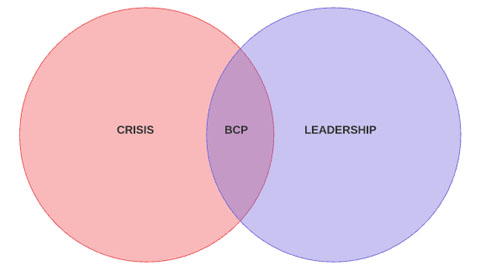As the business landscape evolves, directors are taking on a more dynamic role: the director that likes to get their hands dirty.
Everyday more and more directors are starting to participate in day-to-day operations on top of their already demanding schedules so as you’d imagine, this creates some issues regarding time management. To address the challenges that may arise while maintaining this initiative, enhanced board communication strategies are the way to go.
Here are 5 key points to consider when coming up with your new strategies:
Encourage a Dynamic Attitude
Directors should have good picture of their organization’s position in the market and this is best achieved through a proactive stance.
By getting involved in the information gathering process, directors are able to incorporate strategies to vital but often overlooked issues straightaway. For example; a director observed that one of their members is not as informed about a certain topic, instead of having them do their own research they could send over direct links to reading material to ensure they are properly informed.
Another example could be determining whether your business model has been greatly influenced by varying forms of technological advancements. If so, have they been enablers or disruptors? Indeed, knowing and measuring the impact of these digital innovations can produce meaningful results for any type of organization.
Clearly Defining Meeting Goals
Before delving into a topic or issue, there is a need to identify the end-goal of a discussion. Executives can start by asking themselves questions like:
• Will this add value to our organization?
• Are there any unique insights that I can bring into the table?
• Who will most likely be affected by the action steps to be executed?
Build a Sound Structure
By determining the answers to questions like these beforehand, directors can exchange ideas productively and avoid wasting time on trivial matters. Furthermore, directors are often on-the-go and tend to numerous commitments thus boardroom meetings should seek to nurture an insight-driven and result-oriented atmosphere.
According to The Muse, upper management usually spends 50 percent of their time in meetings; additionally, executives consider more than 67 percent of meetings to be failures. To facilitate meaningful discussions in the boardroom, proper preparation is key.
Aside from building an agenda that will organize all of the board files and documents accordingly, the board should also consider having a standardized template that will manage all board-related submissions. It is imperative that the format be comprehensive in such a way that entire management committee would be able to extract key information easily.
Cultivate Transparency and Productivity
Given that collaboration is essential to success in the business setting, the implementation of engagement strategies in the boardroom should be considered a top priority.
Administrators must ensure that the participation in the boardroom is at its optimal level by facilitating points of interaction and keeping key individuals in the loop. By overseeing the entire discussion, they can assist directors with their duties and help foster a transparent environment.
Aside from presenting findings and results, companies can also allocate speaking times for final comments and revisions. Don’t assume that because one member is on board, everyone else is. By doing these action steps, directors would be able to derive valuable insights that could steer the organization in the right direction.
Integrate Technology in the Boardroom
Technological advances have tremendously impacted the business arena – and the boardroom is no different. With the increase in both volume and complexity compliance standards coupled with the surge of regulatory actions, there was a need for dynamic solutions. As such, game-changing tools have been designed specifically to address the pain points of the board environment.
Solutions that aid in document, task, and project management are readily available in the market. Geographical distance is also no longer an issue especially for directors who are remotely located thanks to these software technologies. Tech savvy board members have embraced these solutions as a revolutionary step into the future.
Choosing the right board collaboration solution for an organization should be based on comprehensive measures – outlining the features, price, and other relevant metrics – as these tools can heavily affect the boardroom. Consider using a unified communications and management solution such as a board portal to improve collaboration and productivity not just in your boardroom, but also the entire workplace.
To summarize, the boardroom is the anchor of all types of organizations with proper communication serving as its chain. As consumer expectations continue to rise, there should also be corresponding improvements as to how boards function. Hopefully the five points discussed in this article can help guide your organization while coming up with its new strategies.
Also, learn more on how digitized communication tools such as a board portal can provide a multitude of benefits for your organization.
Audrey is a Content Marketing Specialist at Convene, in charge of managing the production of quality content on the company’s website. A communication major keen on marketing, Audrey has been constantly seeking approaches to create tailored content—may it be about governance, digitalization, boards, or meetings—fit for the stakeholders. When not strategizing on the next ebook to produce, Audrey finds solitude in reading make-you-ugly-cry novels and listening to self-improvement podcasts.










